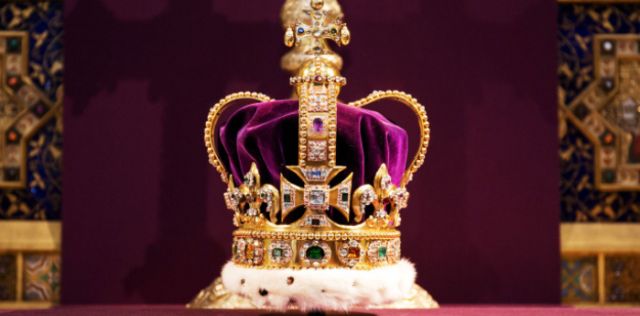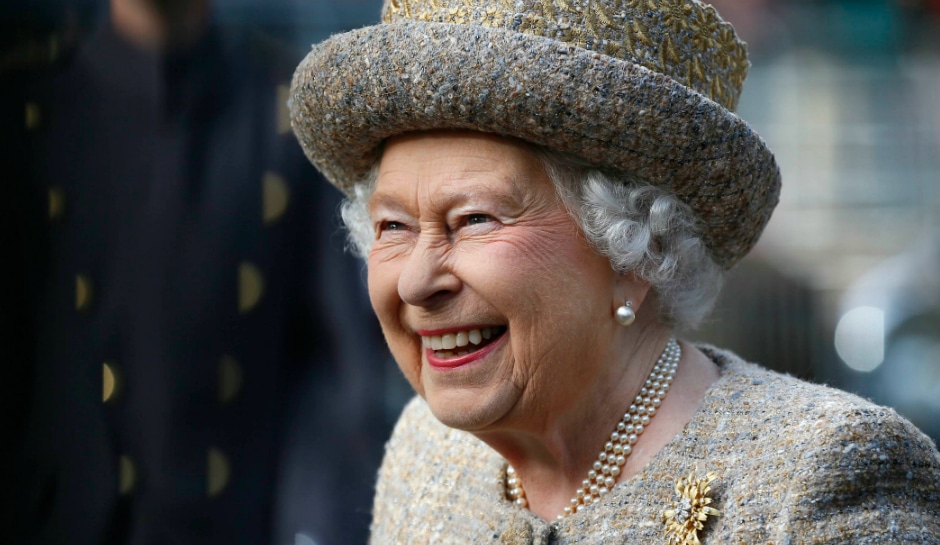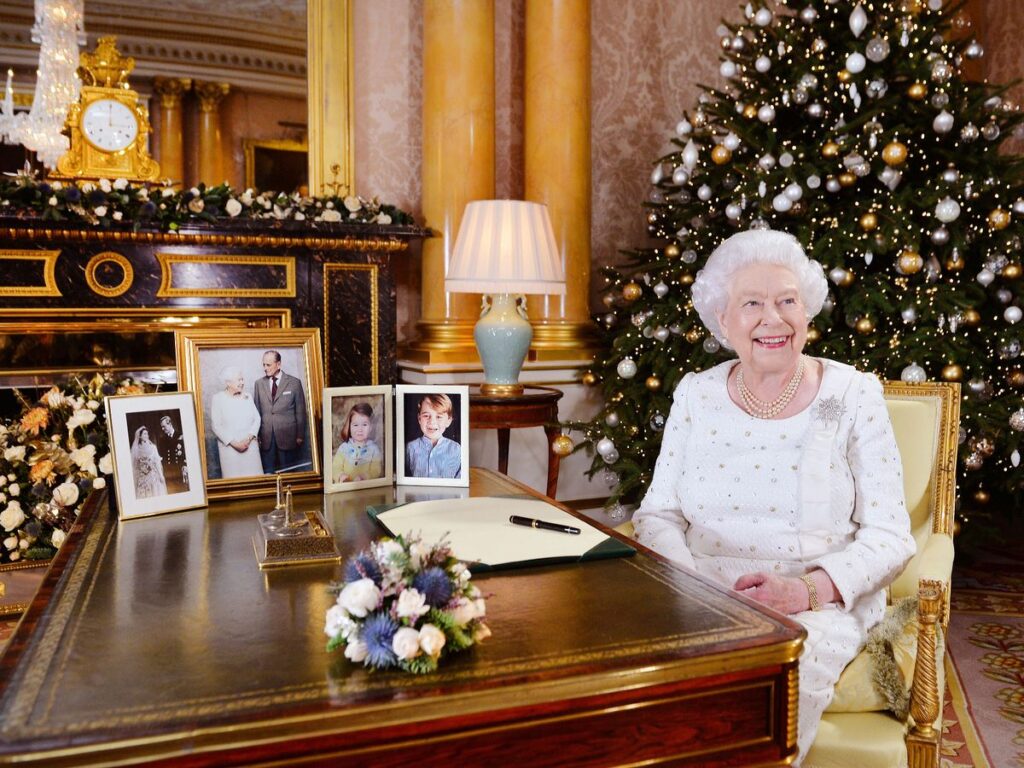10 interesting facts about The Queen’s Coronation

Although Her Majesty Queen Elizabeth II had acceded to the throne on 6 February, 1952, she was crowned on 2 June, 1953 in Westminster Abbey. This was a historical moment was the first service to be televised.
In 1937, the 11-year-old Princess Elizabeth had watched her father, King George VI, crowned in the elaborate ceremony and 16 years later on 2 June 1953, her own official coronation was to take place.
Coronations have been held at Westminster Abbey for 900 years and The Coronation of Queen Elizabeth II was to follow suit. But the Coronation of 1953 was ground-breaking in its own right – the first ever to be televised, it was watched by 27 million people in the UK alone and millions more audiences around the world.
Here are the 10 interesting facts:
- Queen Elizabeth II is the sixth Queen to have been crowned in Westminster Abbey in her own right. The first was Queen Mary I, who was crowned on 1 October, 1553.
- The Queen’s grandmother, Queen Mary, aged 81 was the first Queen to see a grandchild ascend to the throne. However, she died before the Coronation took place.
- The Queen and The Duke of Edinburgh were driven from Buckingham Palace to Westminster Abbey in the Gold State Coach – pulled by eight grey gelding horses: Cunningham, Tovey, Noah, Tedder, Eisenhower, Snow White, Tipperary and McCreery.
- The Coronation Bouquet was made up of white flowers – comprising of orchids and lilies-of-the-valley from England, stephanotis from Scotland, orchids from Wales, and carnations from Northern Ireland and the Isle of Man.

- The Queen’s Coronation dress, designed by British Fashion designer Norman Hartnell, was made of white satin and embroidered with the emblems of the United Kingdom and the Commonwealth in gold and silver thread. Since the Coronation, The Queen has worn the Coronation dress six times including the Opening of Parliament in New Zealand and Australia in 1954.
- The Coronation service fell into six parts: the recognition, the oath, the anointing, the investiture (which includes the crowning), the enthronement and the homage.
- The recipe for the Anointing Oil contains oils of orange, roses, cinnamon, musk and ambergris. A batch is usually made to last a few Coronations, but in May 1941 a bomb hit the Deanery destroying the phial, so a new batch was made.
- Prince Charles was the first child to witness his mother’s coronation as Sovereign. Princess Anne did not attend the ceremony as she was considered too young. Prince Charles received a special hand-painted children’s invitation to his mother’s Coronation.
- Coronation Chicken was invented for the foreign guests who were to be entertained after the Coronation. The food had to be prepared in advance, and Florist Constance Spry proposed a recipe of cold chicken in a curry cream sauce with a well-seasoned dressed salad of rice, green peas and mixed herbs. Constance Spry’s recipe won the approval of the Minister of Works and has since been known as Coronation Chicken.
- Among the many foreign journalists was Jacqueline Bouvier (later the First Lady of the United States of America, Jackie Kennedy), who was working for the Washington Times-Herald at the time.
source (article and pictures): royal uk; UK in Hungary
Vocabulary
| to accede to | hivatalba lépni (itt trónra lépni is) |
| elaborate | alaposan kidolgozott |
| ground-breaking | úttörő/ korszakalkotó |
| to ascend to the throne | trónra lépni |
| gelding horses | herélt lovak |
| to comprise of | tartalmazni |
| stephanotis | koszorúfutóka/ madagaszkári jázmin |
| carnations | szegfűk |
| embroidered | hímzett |
| thread | cérna/ fonal |
| recognition | elismerés |
| oath | eskütétel |
| anointing | felkenés |
| investiture | beiktatás |
| enthronement | koronázás/ trónra emelés |
| homage | hódolat |
| musk | pézsma |
| ambergris | ámbra |
| batch | egy adag |
| phial | fiola/ üvegcse |
| to win the approval of | elfogadást nyerni |







